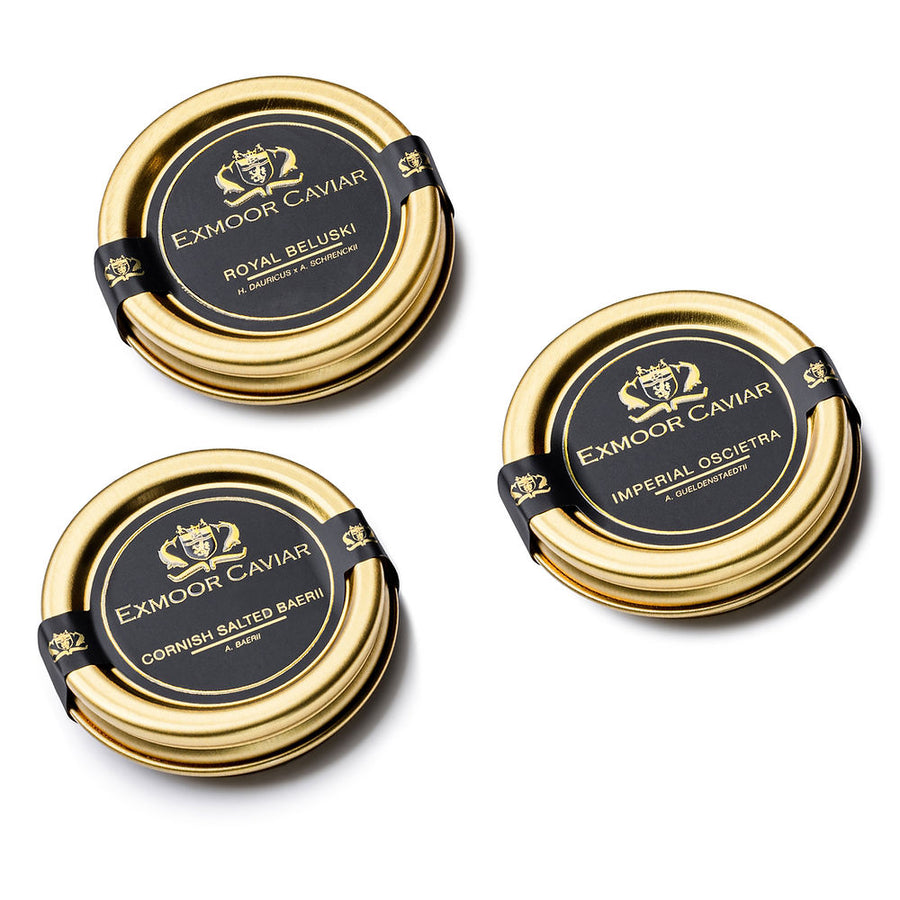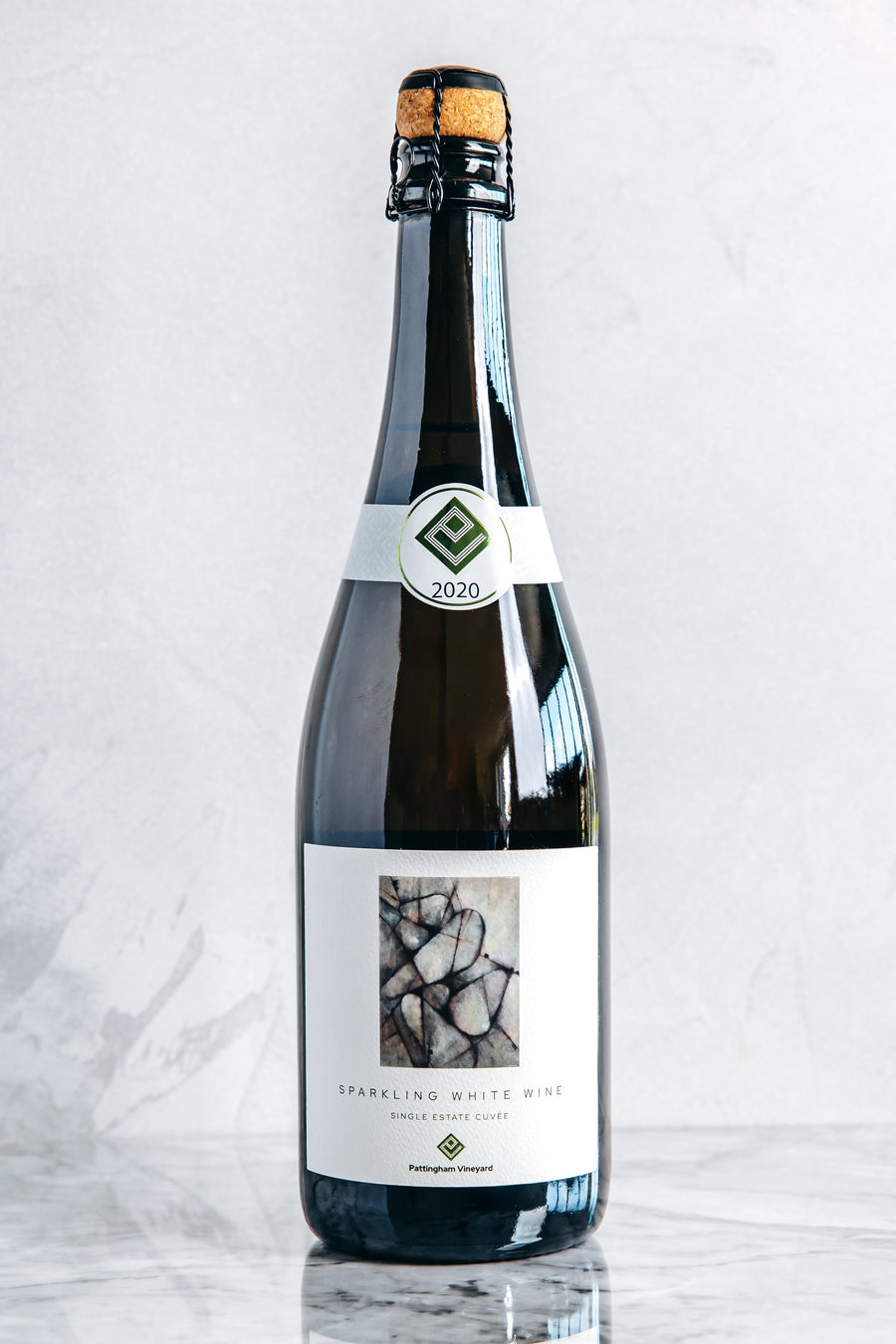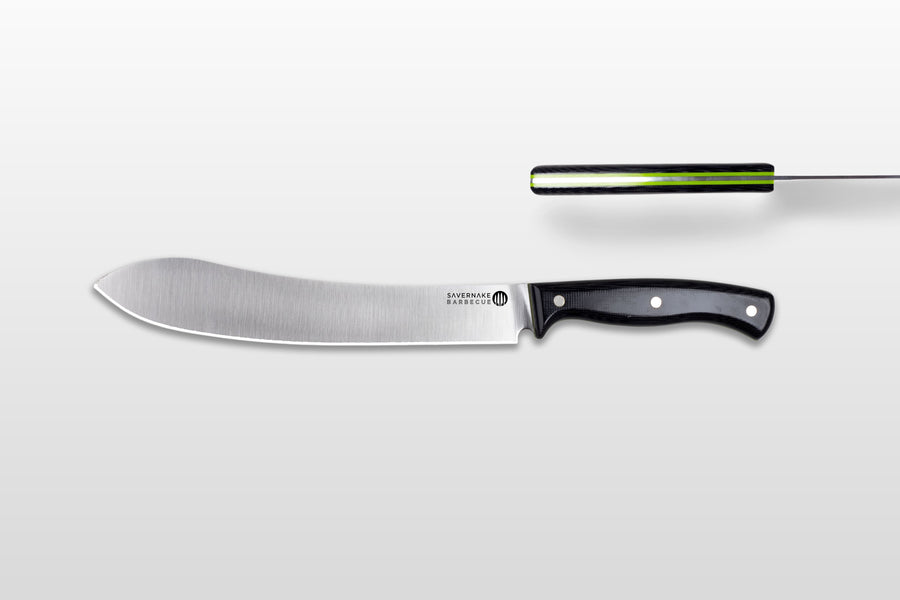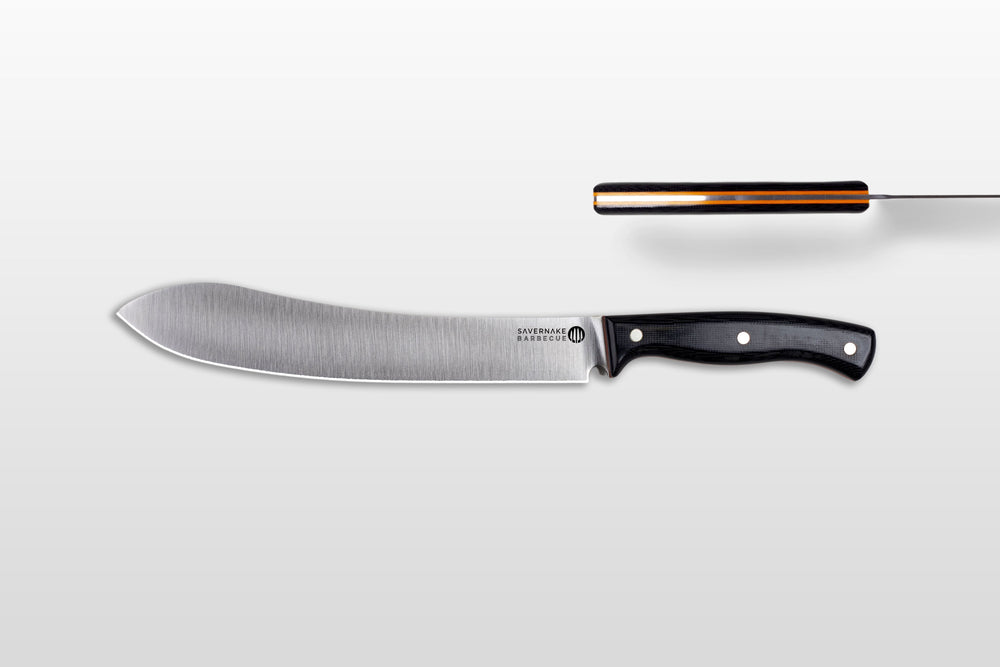
Spun iron vs. cast iron cookware: buying guide
Spun iron is a type of metal cookware made using a specialised technique that involves spinning a disc of iron at high speed and shaping it into a pan or pot using a series of tools. This process gives spun iron its lightweight and durable properties, making it an excellent choice for everyday cooking.
Unlike traditional cast iron cookware, spun iron is generally thinner, which gives it a significant edge in terms of manoeuvrability and speed of heat responsiveness. It is often finished with a layer of natural oil or wax to protect it from rust and improve its seasoning capabilities. This process also results in a smooth, sleek appearance, making spun iron pans not only functional but also visually appealing.
Spun iron cookware is renowned for being robust, while still offering a lighter alternative to cast iron, which can often be heavy and cumbersome to handle.
The Benefits of Spun Iron Cookware
1. Lightweight Yet Durable
One of the most significant advantages of spun iron cookware is its lighter weight. Many cooks love the benefits of cooking with iron, but the weight of traditional cast iron pans can be a deterrent. Spun iron offers the same advantages, such as excellent heat retention and even cooking, without the excessive weight. This makes it easier to handle and ideal for daily use.
For those who regularly move their cookware between the hob and oven or frequently transfer dishes from stove to table, spun iron is far easier to manage. Our friends at Netherton Foundry have designed a fantastic range of spun iron cookware that's purpose-built to go from hob to table.
2. Excellent Heat Distribution
Spun iron is also celebrated for its even heat distribution. Due to its thinner construction, it heats up faster than cast iron, making it perfect for quick meals and everyday cooking. However, it still retains heat well, allowing food to cook evenly and stay warm for longer. This balance of rapid heating and excellent heat retention makes spun iron versatile for a range of cooking styles, from searing steaks to slow-cooking stews.
3. Non-Stick Properties
When seasoned correctly, spun iron pans develop a natural, non-stick surface. This makes them ideal for cooking delicate foods like fish or eggs without the need for excessive oil or butter. Unlike many non-stick pans that rely on synthetic coatings, spun iron’s non-stick properties come from the process of seasoning, which is entirely natural and free of chemicals.
The more you use your spun iron pan, the better the non-stick layer becomes. This is particularly appealing to those who prefer avoiding chemically treated cookware.
4. Longevity
A well-maintained spun iron pan can last a lifetime, and many users find that their pans improve with age. Over time, the seasoning builds up, making the pan more non-stick and improving its cooking performance. Spun iron is tough, resistant to warping, and can withstand high temperatures, making it suitable for various cooking methods, including hob, oven, and even open-flame cooking.
Additionally, because spun iron is thinner than cast iron, it is less likely to crack or chip if dropped. With proper care, a spun iron pan could easily become a family heirloom, passed down through generations.
5. Versatile and Multi-Use
Spun iron cookware is compatible with a variety of heat sources, including gas, electric, induction hobs, and even open flames. Its durability also means it can transition seamlessly from stovetop to oven, allowing you to finish off dishes with ease.
Moreover, spun iron pans are perfect for everything from frying, searing, and sautéing to baking and roasting. Their lightweight nature also makes them a great choice for camping trips or outdoor cooking adventures.
Spun Iron vs. Cast Iron: Key Differences
While both spun iron and cast iron share many of the same benefits, such as durability, excellent heat retention, and natural non-stick properties, there are some key differences that set spun iron apart.
1. Weight and Thickness
The most notable difference between spun iron and cast iron is weight. Spun iron is significantly lighter than cast iron, making it easier to handle in the kitchen. This is due to the thinner walls of spun iron pans, which are created through the spinning process. In contrast, cast iron pans are thicker and heavier, which some people prefer for their heat-retention properties, but others find cumbersome for daily use.
2. Heat Responsiveness
Because spun iron is thinner than cast iron, it heats up much faster, which is a significant advantage when cooking meals that require precision and quick heat adjustments. Cast iron, on the other hand, takes longer to heat up, but once it reaches temperature, it holds heat for a prolonged period.
Spun iron pans offer a balance, heating quickly while still maintaining good heat retention. This makes them more versatile for cooks who want the benefits of cast iron without the weight and slower heating times.
3. Seasoning and Maintenance
Both spun iron and cast iron require seasoning to create their non-stick surface. However, cast iron often requires more extensive maintenance due to its thickness and susceptibility to rust if not cared for properly. Spun iron, being thinner, is easier to season and less prone to rust, especially when treated with a protective coating of flax oil or wax.
In terms of cleaning, spun iron is slightly easier to maintain. It’s lighter, which makes it simpler to manoeuvre for hand washing, and because it heats up and cools down faster, it’s quicker to clean after use.
4. Appearance and Style
Spun iron cookware often has a sleeker, more refined look compared to the rugged, traditional appearance of cast iron. Its smooth finish and lighter construction give it a modern, sophisticated feel that fits seamlessly into both contemporary and rustic kitchens. Cast iron, with its heftier build, is ideal for those looking for that classic, farmhouse aesthetic.
Conclusion
For anyone looking to invest in long-lasting, versatile cookware, spun iron offers an excellent balance of durability, heat retention, and ease of use. Its lightweight construction makes it far more practical for everyday cooking than traditional cast iron, without sacrificing the benefits that come with using iron pans. Whether you’re searing meat, slow-cooking a stew, or frying eggs, spun iron cookware is an excellent, eco-friendly choice that will only get better with age. If you're considering upgrading your kitchen cookware, spun iron pans are a worthy addition to any cook's arsenal.
Keep an eye out for the spun iron pans available at Farmfetch, where you can find high-quality cookware that’s built to last!


























Leave a comment